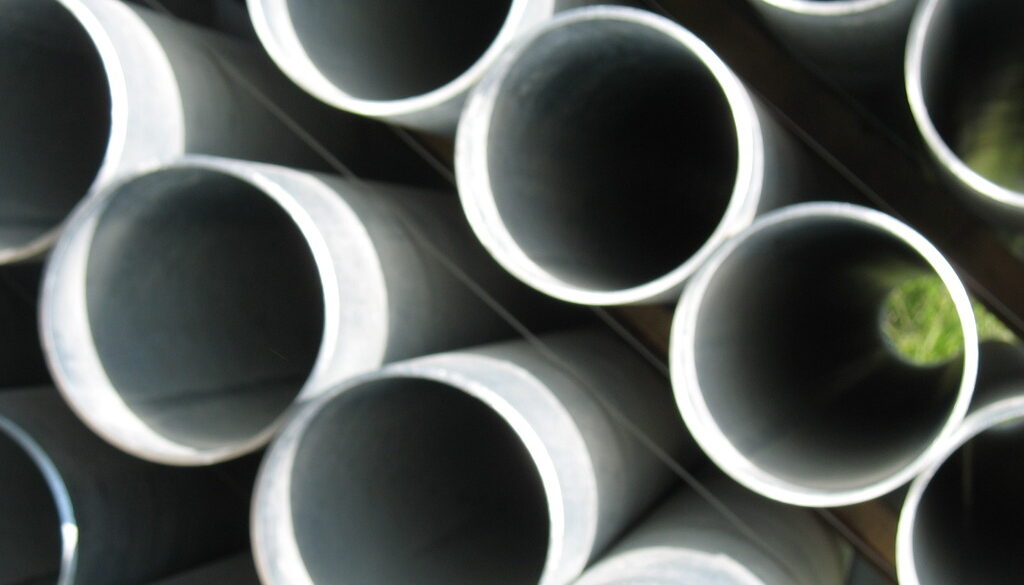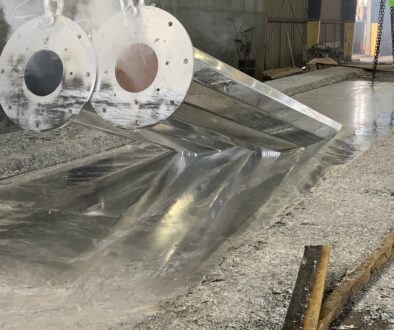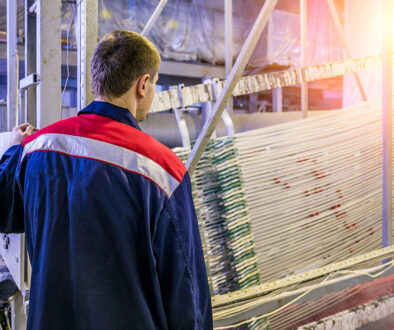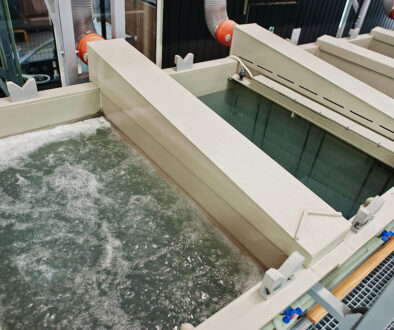5 Differences Between Hot-Dipped Galvanizing and Zinc Plating
When it comes to protecting metal surfaces from corrosion, two popular methods stand out: hot-dipped galvanizing and zinc plating. While both processes involve coating metal with zinc, do you know the difference between hot-dipped galvanizing and zinc plating?
In this article, we’ll explore the differences between hot-dipped galvanizing and zinc plating, answer some frequently asked questions, and help you determine which is right for your project.
The Difference Between Hot-Dipped Galvanizing and Zinc Plating: 5 Important Elements
1. The Application Process Is Dramatically Different
Hot-dipped galvanizing involves immersing the metal object into a bath of molten zinc, allowing the zinc to bond with the surface through a metallurgical reaction. This bond provides a more robust and durable coating, as it forms a metallurgical bond between the zinc and base metal.
On the other hand, zinc plating utilizes an electrochemical process where the metal object serves as the cathode and zinc is electroplated onto its surface. Therefore, there is not the same level of bonding strength.
2. Hot-Dipped Galvanizing Provides More Complete Coverage
This is key to understanding the difference between hot-dipped galvanizing and zinc plating.
Hot-dipped galvanizing coats complex shapes and large structures more effectively. This is because the object is completely immersed in the zinc. Ensuring that every corner, curve and crook is covered is a big challenge for zinc plating.
3. Hot-Dipped Galvanizing Is More Environmentally Friendly
Hot-dipped galvanizing is considered to be more environmentally friendly than zinc electroplating. The hot-dip process uses zinc in its pure form, without the need for additional chemicals or additives.
Zinc plating, on the other hand, involves the use of various chemicals, such as cyanide and thiocyanates which can have environmental implications if not properly managed.
4. Zinc Plating Is Not As Effective In Highly Corrosive Environments
Harsh environments—such as bridges over water or other DOT projects that are subjected to the elements — can strain the ability of zinc plating. Harsh chemicals, saltwater exposure, and acidic conditions can accelerate the corrosion process, gradually compromising the integrity of the zinc coating.
By comparison, hot-dipped galvanizing has an impressive track record of projects that last and remain in tact in even the toughest conditions.
5. Hot-Dipped Galvanizing Has Self-Healing Properties
In the event of minor damage or scratches to the galvanized coating, hot-dipped galvanizing has the ability to self-heal. The zinc layer on the surface of the metal can react with moisture and atmospheric conditions, forming zinc oxide and zinc carbonate.
These compounds act as a protective barrier, preventing further corrosion from occurring and effectively repairing the damaged areas. This self-healing mechanism provides an additional layer of long-term protection for the metal substrate.
On the other hand, zinc plating does not possess the same self-healing capabilities. Once the thin zinc layer is compromised, the underlying metal is exposed to potential corrosion without any inherent repair mechanism.
Two Frequently Asked Questions About the Difference Between Hot-Dipped Galvanizing and Zinc Plating
1. How can you tell the difference between galvanized and zinc?
Galvanized and zinc-coated materials may appear similar, but there are subtle variations that can help you differentiate between the two.
One way to distinguish them is by their thickness. Hot-dipped galvanizing creates a thicker coating, typically ranging from 2 to 8 mils, while zinc plating results in a thinner layer, usually measuring around 0.2 to 0.5 mils.
Additionally, galvanized surfaces often have a rougher texture compared to the smoother finish of zinc-plated materials.
2. How long does zinc plating last?
The lifespan of zinc plating depends on several factors, including the thickness of the coating, the type of environment, and the presence of corrosive elements.
Generally, zinc-plated surfaces provide moderate corrosion protection and can last anywhere from a few months to several years, depending on the conditions. Thicker zinc plating and regular maintenance can extend the lifespan of the coating.
Hot-dipped galvanizing lasts significantly longer than zinc plating, offers more complete coverage, and requires less maintenance.
When You Understand the Difference Between Hot-dipped Galvanizing and Zinc Plating, the Choice Is Obvious
Hot-dipped galvanizing and zinc plating are two distinct methods of applying a zinc coating to metal surfaces. Hot-dipped galvanizing offers superior protection due to its thicker coating, metallurgical bond, and comprehensive coverage of complex shapes.
While zinc plating provides moderate corrosion resistance, it is thinner, less durable, and more susceptible to wear and corrosion in harsh environments.
When deciding between the two processes, consider the specific requirements of your application and the environmental conditions the metal will encounter. Choosing the right method will help ensure long-lasting corrosion protection for your metal surfaces.
For Corrosion Protection That Stands the Test of Time, South Atlantic Has You Covered
At South Atlantic, we are committed to delivering exceptional quality and unmatched expertise in the field of metal coating and corrosion protection. With state-of-the-art facilities and teams of experienced professionals, we pride ourselves on providing the highest standard of hot-dipped galvanizing services and products.
Convenient Locations Throughout the Southeast
With numerous coating facilities in eight Southeastern states, we are able to provide timely service for your next project. In addition to our centralized manufacturing facility in Chattanooga, TN, we also have plants in:
- North Carolina
- Georgia
- South Carolina
- Virginia
- Florida
- Mississippi
- Louisiana
- Arkansas
Because we have an extensive array of galvanized steel items in stock, we can provide a quick turnaround for your latest project.
Don’t Settle for Subpar Metal Protection
Choose South Atlantic for:
Hot-Dipped Galvanizing Excellence: Our process ensures a thicker coating, superior corrosion resistance, and comprehensive coverage for complex structures, giving your metal components unmatched durability.
Expertise and Reliability: With years of industry experience, our skilled professionals understand the unique requirements of various applications and deliver reliable, customized solutions that meet your specific needs.
Commitment to Quality: We prioritize quality at every step of the process, from the selection of premium materials to the meticulous execution of galvanizing procedures. Your satisfaction and the longevity of your metal products are our top priorities.
Contact Us to Get Started on Your Next Project
Take the first step toward long-lasting corrosion protection. Contact us today to learn more about our hot-dipped galvanizing services and discover how we can safeguard your investments from corrosion and wear.
At South Atlantic, we’ve got you covered!





